Cats, those enigmatic creatures we adore, often leave us puzzled about their social preferences. Understanding whether your feline friend thrives in solitude or craves social interaction can significantly enhance your relationship with them. This guide will delve into various signs and behaviors to help you decipher your cat’s social tendencies. With a bit of observation and patience, you can ensure your cat leads a happy and fulfilling life.
Observing Your Cat’s Body Language
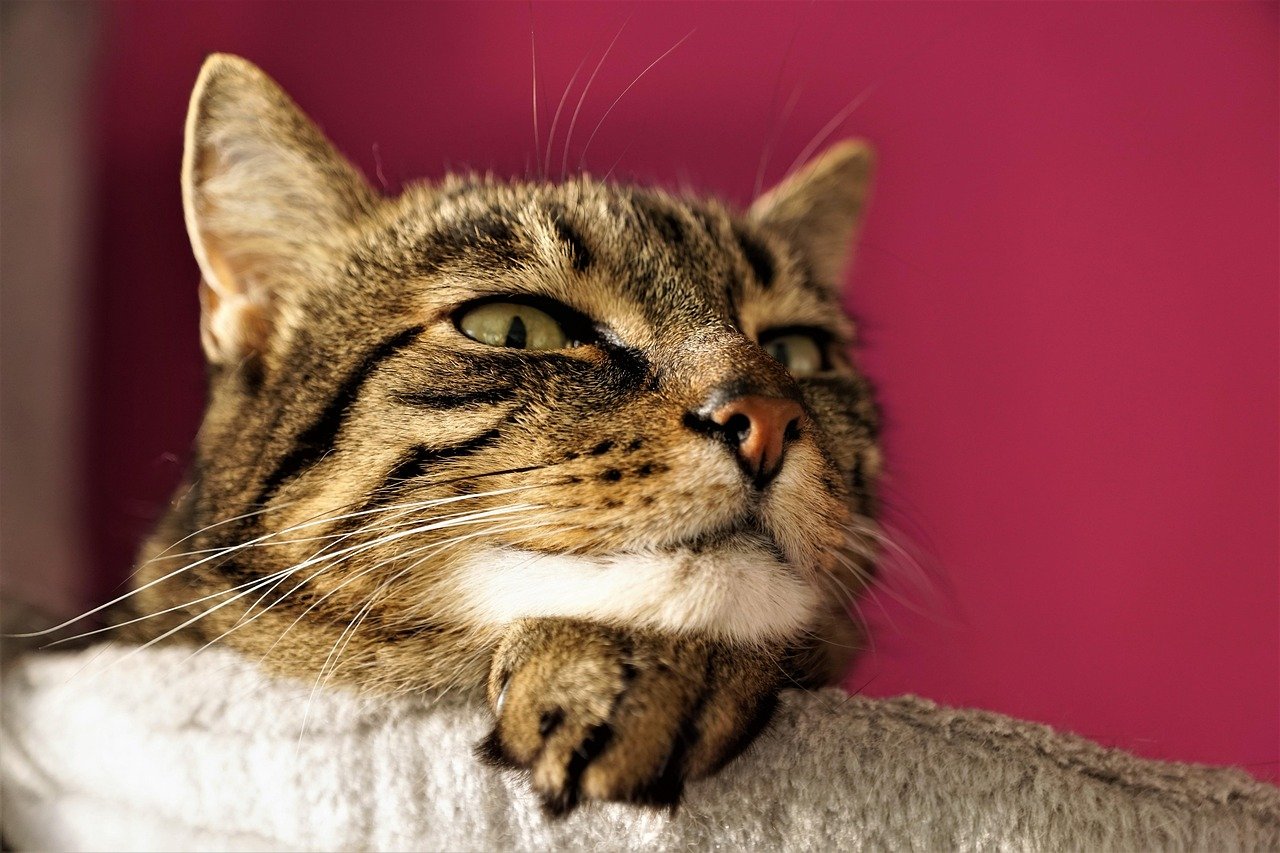
Cats communicate a lot through body language. Their tails, ears, and overall posture can give you clues about their social preferences. A cat that enjoys social interaction might approach you with its tail upright, signaling friendliness. On the other hand, a cat that prefers solitude may have a low or tucked tail, indicating a desire for space. Pay attention to their ears too; forward-facing ears suggest interest, while flattened ears may indicate discomfort. Understanding these signals can help you respect your cat’s boundaries and foster a better relationship.
Notice Their Preferred Sleeping Spots
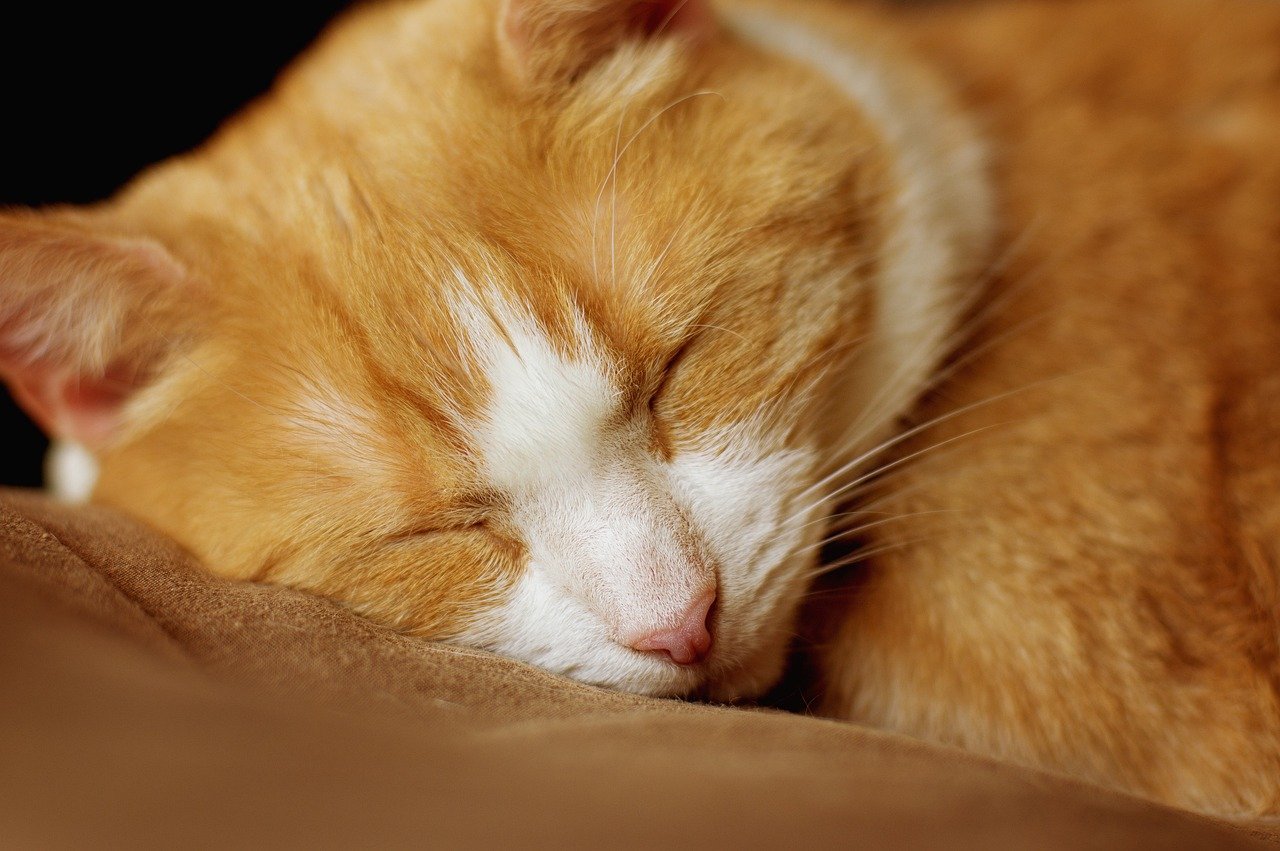
Where your cat chooses to sleep can reveal much about their social tendencies. Cats that enjoy solitude often seek out quiet, hidden places, like under the bed or in a closet. These spots provide a sense of security and peace. Conversely, social cats might prefer to nap in communal areas, such as the living room couch or even on your lap. Observing your cat’s sleeping habits can offer valuable insight into their need for solitude or social interaction.
Monitor Their Eating Habits
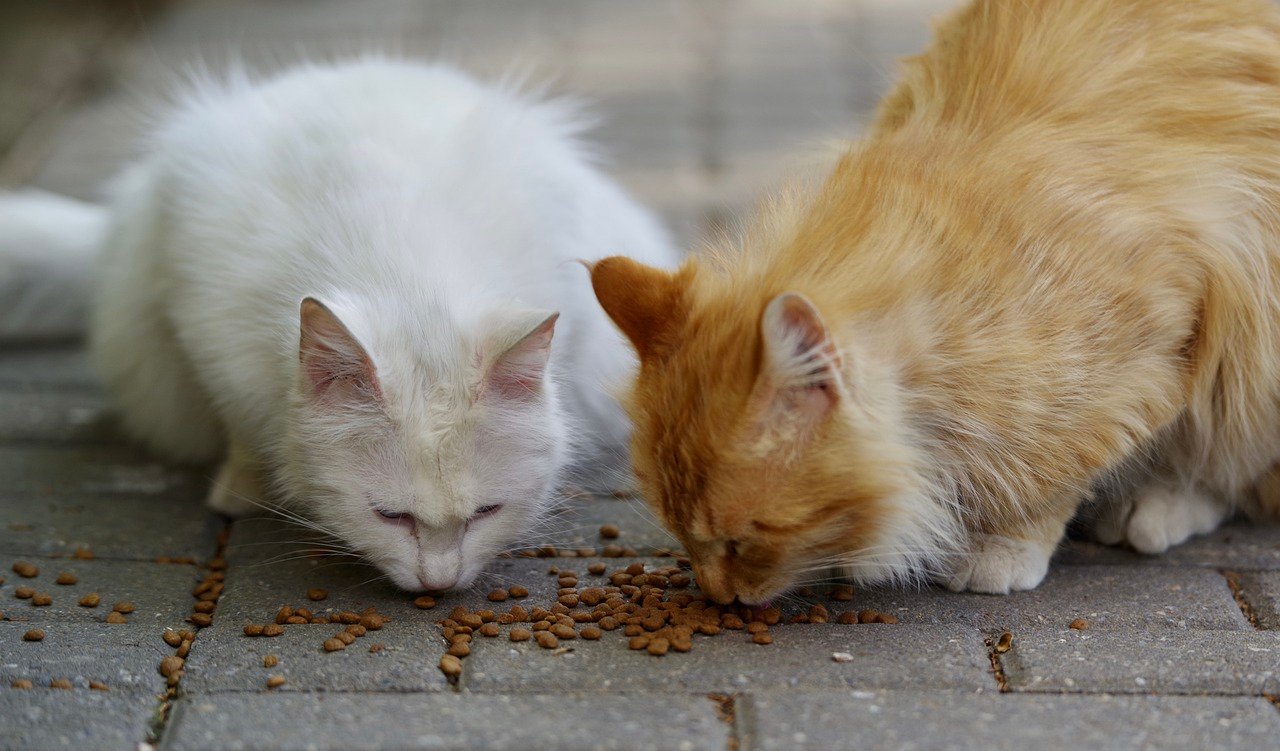
Eating habits can also indicate a cat’s social preferences. A cat that eats comfortably in crowded areas might be more social. They may not mind the hustle and bustle around them and might even enjoy the company. However, a cat that prefers solitude might retreat to a quieter spot to eat, away from distractions and other pets. If your cat consistently seeks privacy during meals, it could be a sign that they value their alone time.
Assess Their Reaction to Visitors
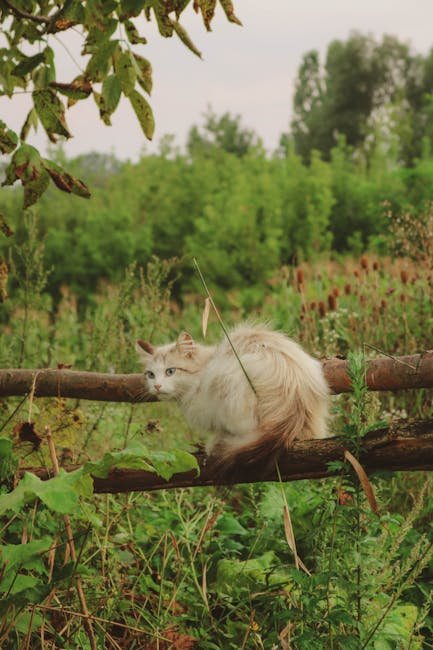
How your cat behaves when guests arrive can provide clues about their social preferences. Social cats often greet visitors and might even seek attention from them. They may rub against legs or jump onto laps, showing their comfort with new people. In contrast, a cat that prefers solitude might hide until the guests leave, avoiding interaction altogether. Observing these behaviors can help you understand your cat’s comfort levels with social situations.
Evaluate Playtime Behavior
Playtime is a great opportunity to assess your cat’s social instincts. A cat that enjoys social interaction might engage in play with you or other pets, chasing toys or participating in games. They seem to thrive on the stimulation and company. Conversely, a solitary cat might prefer to play alone, batting at toys independently or exploring their environment solo. By observing how your cat likes to play, you can tailor interactions to suit their preferences.
Consider Their Reaction to Other Pets

If you have multiple pets, your cat’s interactions with them can be telling. A social cat might enjoy the company of other animals and engage in mutual grooming or play. They might even initiate contact with other pets. However, a solitary cat may avoid other animals and prefer to spend time alone. They might show signs of stress or discomfort when other pets are around. Understanding these dynamics can help you create a harmonious home environment.
Observe Their Vocalizations
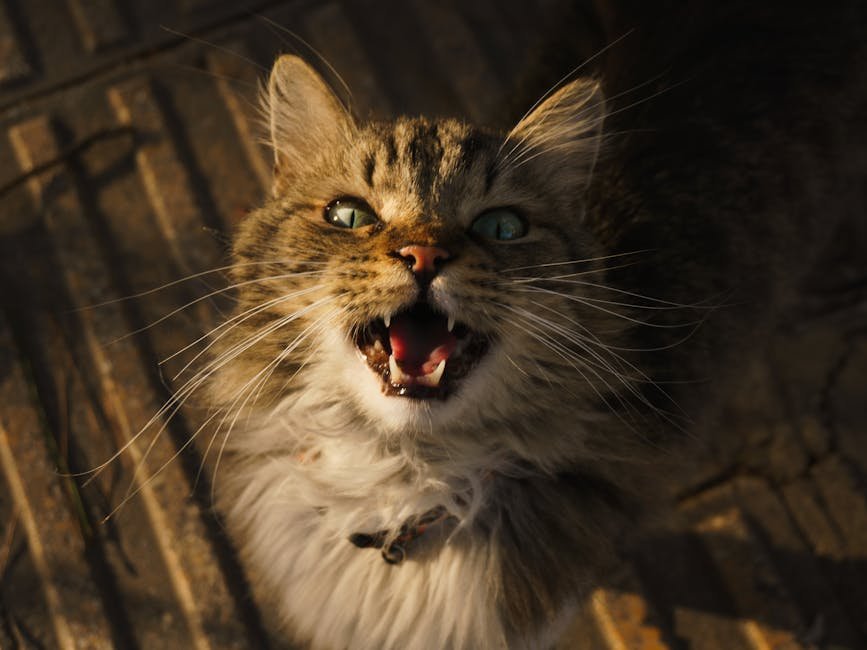
Cats communicate with us through various sounds, and these vocalizations can indicate their social preferences. A cat that enjoys social time might be more vocal, using meows and purrs to seek attention or express contentment. They might “chat” with you, responding when you speak. In contrast, a solitary cat might be quieter, using fewer vocalizations. They may only meow when they need something specific, like food or to go outside.
Track Their Grooming Habits
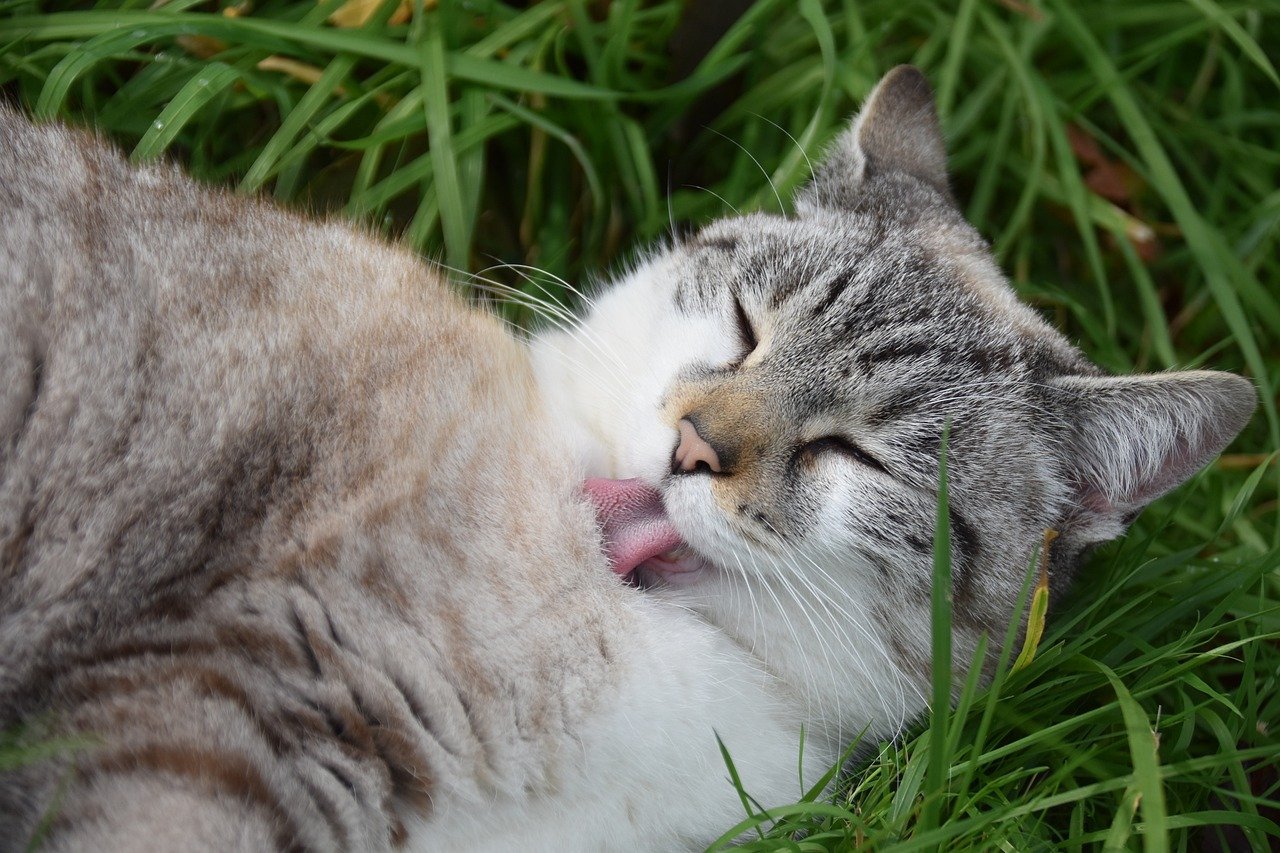
Grooming is another behavior that can hint at a cat’s social inclinations. Social cats might groom you or other pets as a sign of affection and bonding. This mutual grooming is a way to strengthen social ties. Solitary cats, however, might prefer to groom themselves and could be less inclined to engage in grooming with others. Observing these habits can help you understand where your cat falls on the social spectrum.
Watch Their Response to Changes in Routine
Cats are creatures of habit, and their response to changes can reveal their social preferences. A social cat might adapt quickly to new routines or environments, showing curiosity and openness. They might enjoy exploring new spaces and meeting new people. On the other hand, a solitary cat might become stressed or withdrawn in the face of change, preferring the comfort of familiar routines and surroundings.
Assess Their Interaction with You
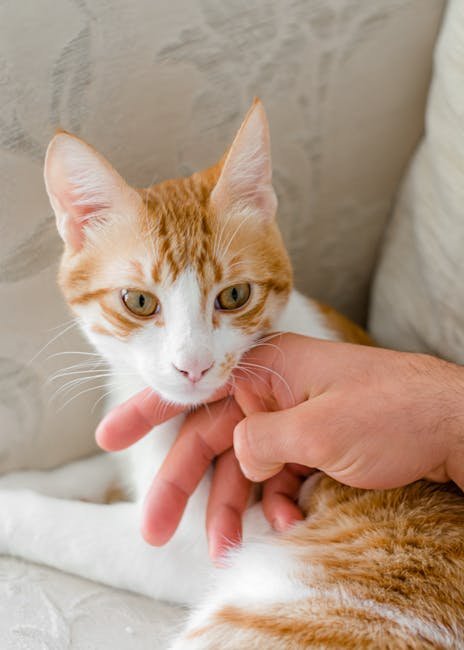
Your cat’s interactions with you can be one of the most telling indicators of their social preferences. A cat that seeks out your company, follows you from room to room, or snuggles with you on the couch likely enjoys social time. They might initiate contact by rubbing against you or sitting on your lap. Conversely, a cat that prefers solitude might be more independent, spending time alone and engaging with you on their terms.
Notice Their Reaction to Being Picked Up
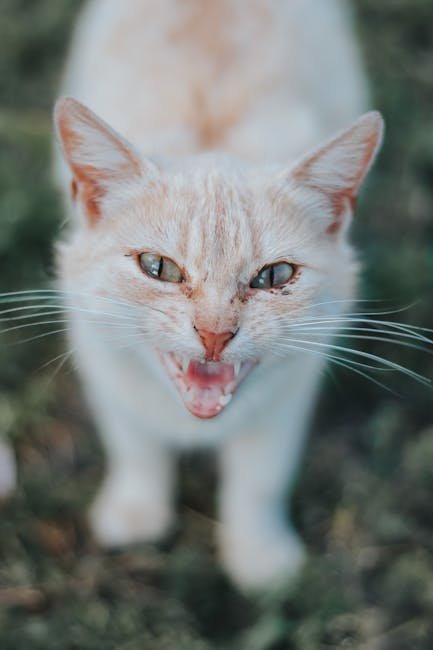
How your cat reacts to being picked up can also provide insights. Social cats might enjoy being held and show relaxed body language while in your arms. They purr, knead, or nuzzle, indicating they feel comfortable. In contrast, a solitary cat might resist being picked up, squirming to get free or showing signs of stress. Respecting their comfort levels is key to maintaining a positive relationship.
Evaluate Their Comfort with Petting
Petting preferences can vary greatly among cats and can hint at their social preferences. A social cat might enjoy long petting sessions, purring and leaning into your touch. They may even nudge you for more attention. A solitary cat might tolerate brief petting but become overstimulated quickly, walking away or showing signs of irritation. Paying attention to their reactions can help you understand their comfort zones.
Consider Their Reaction to Outdoor Exploration
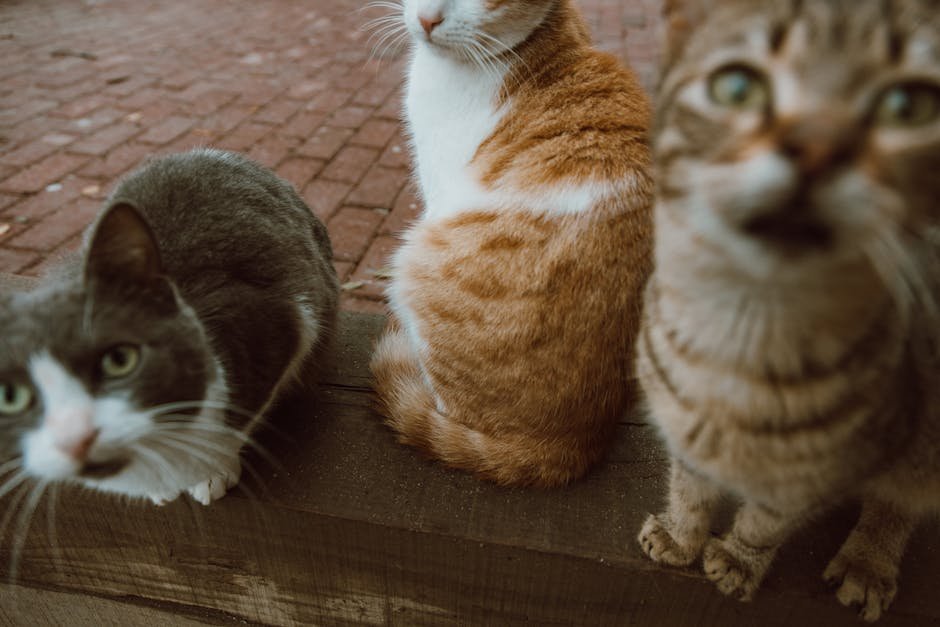
If your cat has access to the outdoors, their behavior outside can offer clues about their social tendencies. A social cat might enjoy exploring the neighborhood, interacting with other animals, and being out and about. They might be curious and adventurous. A solitary cat, however, might prefer staying close to home, exploring their own yard, or even preferring the indoors. Their outdoor behavior can reflect their overall social preferences.
Understand Their Reaction to New Environments
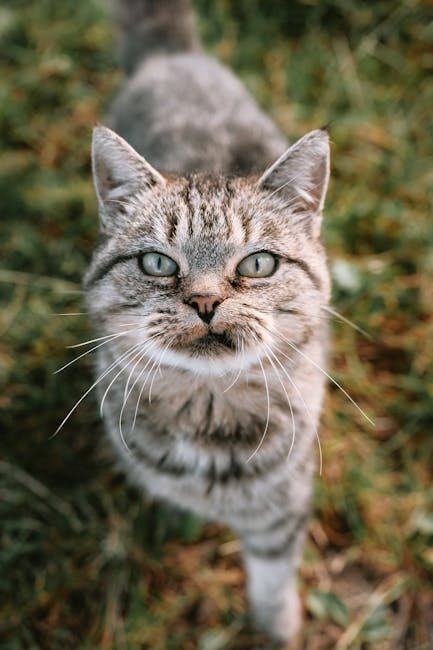
Introducing your cat to new environments can reveal a lot about their social comfort. A social cat might explore new places with confidence, showing curiosity and enthusiasm. They might quickly adapt to new surroundings and people. A solitary cat, on the other hand, might be more reserved, preferring to stay in familiar areas and taking longer to adjust to new environments. Observing these reactions can help you gauge their social comfort levels.
Assess Their Reaction to Toys

Your cat’s interest in toys can also indicate their social preferences. Social cats might enjoy interactive toys that involve you or other pets, like feather wands or laser pointers. They thrive on the interaction and stimulation. Solitary cats might prefer toys they can play with alone, like balls or stuffed mice. By understanding their toy preferences, you can cater to their playtime needs.
Monitor Their Reaction to Alone Time

How your cat behaves when left alone can provide insights into their social needs. A social cat might show signs of distress when alone, such as excessive meowing or destructive behavior. They might need more attention and companionship. In contrast, a solitary cat might enjoy alone time, using it to relax and recharge. They may nap or explore their environment independently.
Evaluate Their Reaction to Loud Noises
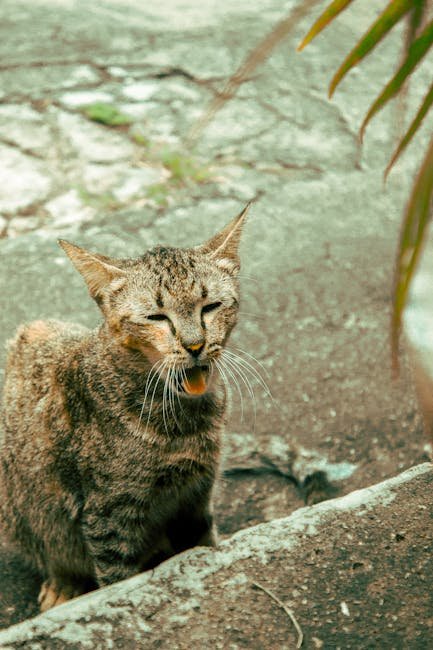
Cats’ reactions to loud noises can also hint at their social preferences. Social cats might be less bothered by noise, showing curiosity rather than fear. They might investigate the source of the noise. Solitary cats, however, might be startled by loud sounds, seeking refuge in a quiet place. Understanding these reactions can help you create a comfortable environment for your cat.
Consider Their Reaction to Routine Changes
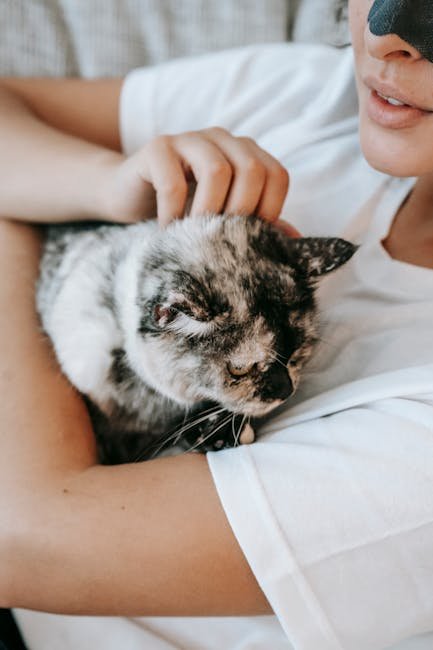
Changes in routine can affect cats differently. A social cat might handle changes well, showing adaptability and resilience. They might be eager to explore new routines and experiences. A solitary cat might become stressed or anxious with changes, preferring the predictability of routine. Observing these reactions can help you understand your cat’s need for stability or stimulation.
Understand Their Reaction to Car Rides

Car rides can be an adventure or a stressor for cats. Social cats might tolerate car rides well, showing curiosity or calmness during the trip. They might enjoy the new sights and sounds. Solitary cats, on the other hand, might find car rides stressful, showing signs of anxiety or discomfort. Understanding their reactions can help you prepare them for travel or vet visits.
Observe Their Reaction to New Smells

Cats have a keen sense of smell, and their reactions to new scents can indicate their social preferences. Social cats might be intrigued by new smells, showing curiosity and interest. They might investigate new scents with enthusiasm. Solitary cats might be more cautious, showing hesitation or avoidance. Observing these reactions can help you understand your cat’s comfort with new experiences.
Each cat is unique, and their preferences for solitude or social time can vary greatly. By observing your cat’s behavior in different situations, you can better understand their needs and provide them with an environment that suits their personality. Whether your cat prefers solitude or enjoys social interaction, respecting their preferences will lead to a happier, more content feline companion.
Hi, I’m Bola, a passionate writer and creative strategist with a knack for crafting compelling content that educates, inspires, and connects. Over the years, I’ve honed my skills across various writing fields, including content creation, copywriting, online course development, and video scriptwriting.
When I’m not at my desk, you’ll find me exploring new ideas, reading books, or brainstorming creative ways to solve challenges. I believe that words have the power to transform, and I’m here to help you leverage that power for success.
Thanks for stopping by, Keep coming to this website to checkout new articles form me. You’d always love it!






